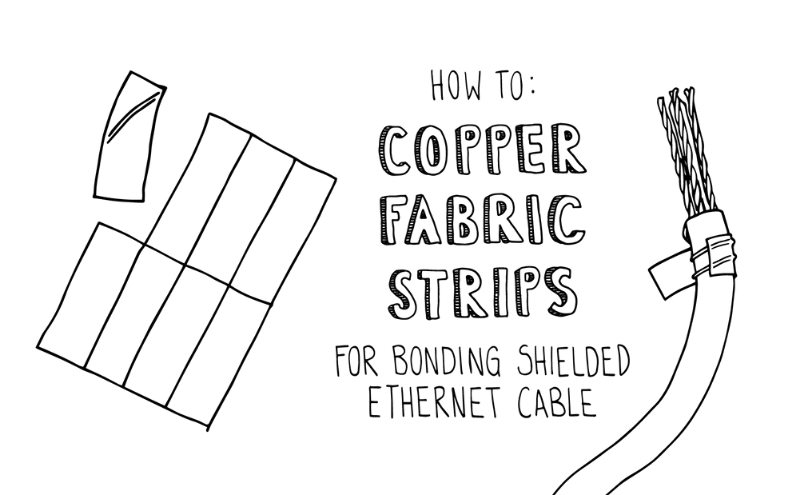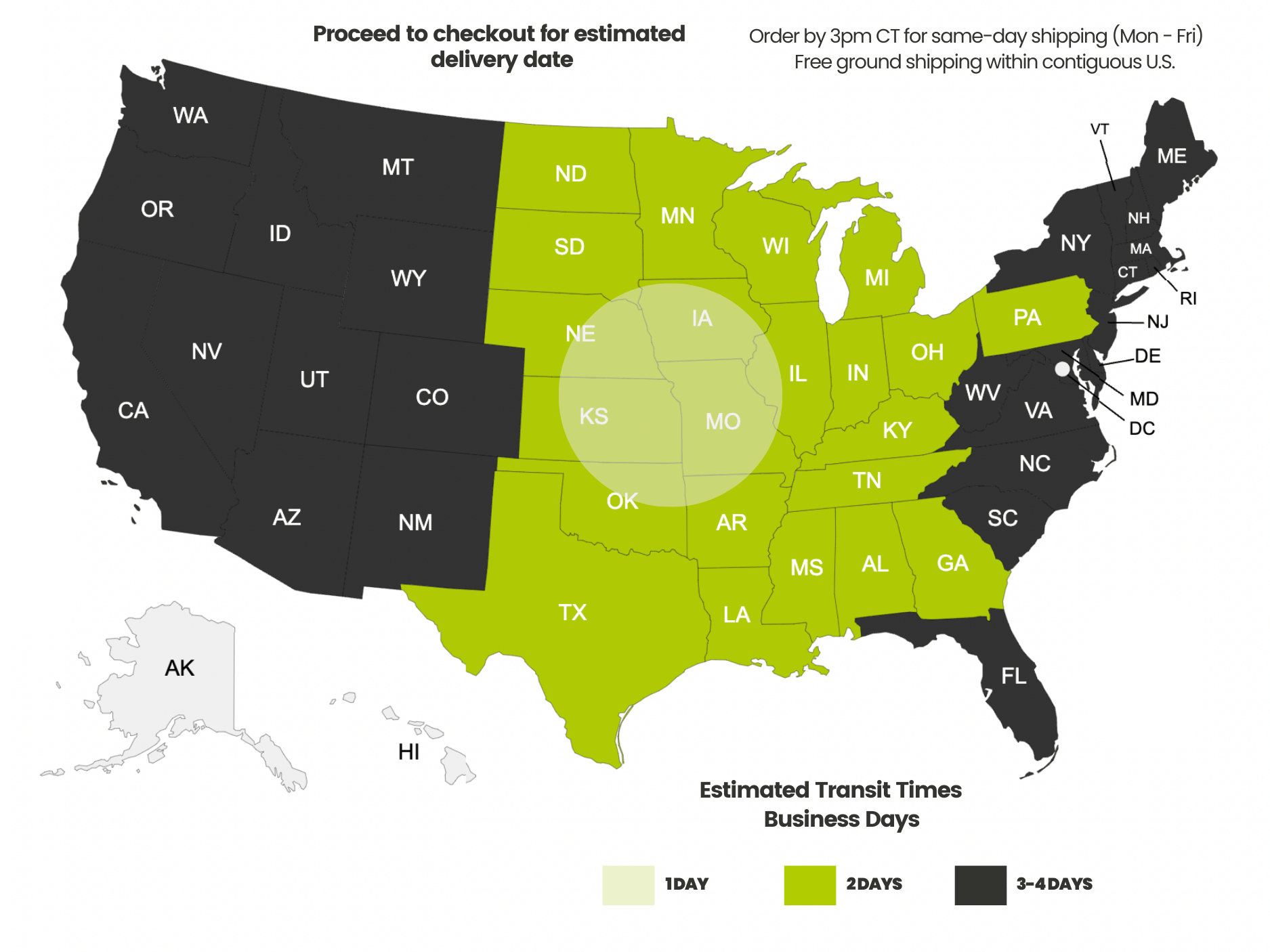Payment methods accepted

How To: Copper Fabric Strips for Bonding Shielded Ethernet Cable
Written by Don Schultz, trueCABLE Senior Technical Advisor, Fluke Networks Copper/Fiber CCTT, BICSI INST1, INSTC, INSTF Certified
Bonding, amongst other definitions, is the act of making a low electrical resistance path from one metallic surface to another. In the world of Ethernet cable, shielded Ethernet cable in particular must be properly bonded to the termination hardware such as keystone jacks or RJ45 (formally 8P8C) modular plugs. This bond allows for the connection hardware to continue that bond to earth so that excess electromagnetic interference (EMI/RFI) and ESD (electrostatic discharge) can drain off effectively.
Why is this important? Well, if you don’t properly bond all components your cable shield cannot drain off excess energy to ground which results in:
- The Ethernet cable possibly interfering with itself
- A “floating” cable shield, with a high potential for acting as an antenna which will increase interference, not reduce it
These reasons are why you must use shielded hardware for your shielded Ethernet cable and further why proper bonding is important.
The fact is, more people have caused themselves trouble by improperly installing shielded Ethernet cable than solving any real or perceived potential problems. In most cases, the installation would have been better off using unshielded (U/UTP) Ethernet cable.
Given how critical bonding is, any accessory that makes this task easier and more efficient is welcome.
Please watch the video below and continue reading this blog. Both will bring something to the table.
There are a few ways to bond the cable shield to the termination hardware.
The most common tried and true method is to strip your cable and fold back the cable shield, wrapping the drain wire around it. This again adds unwanted thickness, and the drain wire never stays in place. It is also overkill and a lot of extra work.

Old way
The next most common method is to strip your cable jacket, remove the foil shield, and wrap the drain wire around the cable jacket without tacking it down at all. This can turn into a wrestling match pretty quickly as the drain wire often shifts out of place and there is a good chance it won’t make a good bond with your termination hardware.
The latest method, and not exactly new, is to use a conductive metal strip backed by conductive adhesive. If you have been on Amazon, you will notice that many varieties of conductive adhesive pure copper tape are sold as “slug repellent”. Yes, I said slug repellent. The idea is to strip the cable, remove the foil shield, wrap the drain wire around the jacket and tack it down. The problem with pure copper is that it rips easily and may add unwanted thickness to your cable as it tends to “crinkle up”. You are already working with a really thick cable to begin with, so it's not good.
The Solution
The ideal solution is to tack the drain wire down, allowing a broad bonding surface without adding thickness to your cable. Enter trueCABLE Copper Fabric Strips. Our copper infused fabric strips have conductive adhesive and are tear resistant. They also don’t add any thickness to your cable.

Now we are talking!
The steps for using the copper fabric conductive strip are pretty simple:
- Prep up the cable like normal
- Remove the cable shield
- Fold back and wrap the drain wire around the cable jacket
- Bond the copper fabric strip to the cable jacket, securing the drain wire under it
- Terminate like normal
- Done!
What might vary is the location of the strip depending upon the termination type. The rule of thumb is:
- For keystone jacks and field termination plugs, place the copper fabric strip right at the cable edge
- For RJ45 plugs (internal or external ground), skip the the last ⅜” or so of the cable jacket and then stick the strip on there
Here are some photos of various termination types, to demonstrate positioning of the strip:

Fabric strip positioned for keystone jacks and field termination plugs

Shielded keystone, ready to be closed

Strip positioned for RJ45 plugs. Notice the offset from the end of the cable jacket?

Internal ground RJ45 plug termination

External ground RJ45 plug termination. Notice how the strip does not go to the end of the cable jacket and the ground tabs are crimped firmly around the strip?
There you have it. You now know precisely how to bond your cable shield to your termination hardware! The copper fabric strips make this process much easier, and cost very little compared to the time and trouble you would otherwise have to “pay”. Time is money.
HAPPY NETWORKING!
trueCABLE presents the information on our website, including the “Cable Academy” blog and live chat support, as a service to our customers and other visitors to our website subject to our website terms and conditions. While the information on this website is about data networking and electrical issues, it is not professional advice and any reliance on such material is at your own risk.



























